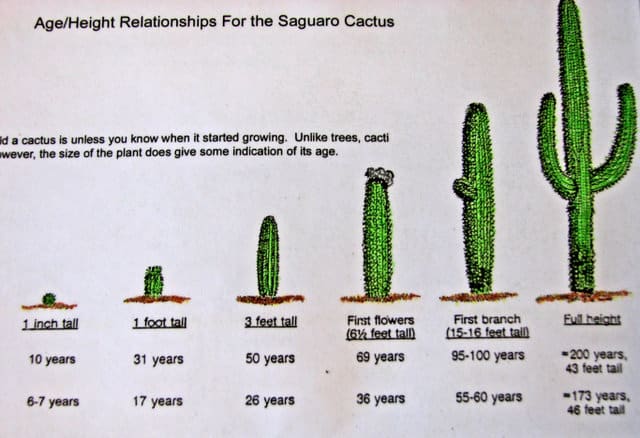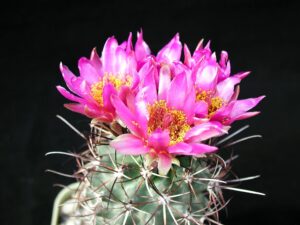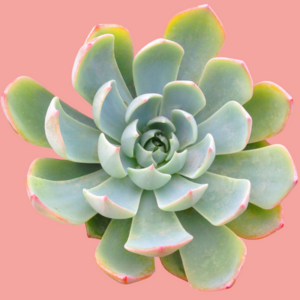When it comes to growing cacti, many enthusiasts often find themselves pondering a common question: How long do cacti take to grow? The answer is as intriguing as the plants themselves. The growth rate of cacti can vary significantly depending on a host of factors, including species, environment, and care. To navigate this fascinating realm of desert flora, one must understand the nuances of cactus growth.
Before diving into the specifics, let’s introduce a playful premise: If a cactus could speak, what tales would it tell about its journey from a tiny seed to a magnificent specimen? Or perhaps, could the challenge of patience in growing cacti be likened to a waiting game where nature is the ultimate referee?
Understanding the growth rate of cacti requires a multifaceted approach. Not only does this allow for a more thorough comprehension of their life cycle, but it also lays the groundwork for anyone considering these resilient plants as part of their home or garden.
Here, we will explore the various elements influencing cactus growth rates, the typical timelines for different species, and the environmental factors that can accelerate or hinder their development.
The Spectrum of Growth Rates in Cacti
Firstly, it’s essential to recognize that cacti are not a monolith. They encompass a vast range of species, each distinguished by unique growth rates and habits. Some cacti, such as the fast-growing *Opuntia* (prickly pear), may reach maturity within a few years, while others, like the majestic *Carnegiea gigantea* (saguaro), can take decades to develop significant height.
On average, many cacti exhibit relatively slow growth, typically ranging from 1 to 12 inches annually, depending on their specific characteristics. Young cacti often start from seeds, taking anywhere from a few weeks to several months to germinate. Once sprouted, their growth can still be sluggish in the early years, particularly when compared to other houseplants.
However, for the enthusiast willing to embrace the art of patience, the time invested can yield remarkable rewards. Mature cacti can often bloom spectacularly after years of cultivation, showcasing flowers that can rival even the most vibrant garden displays.
A closer look at specific growth rates reveals intriguing contrasts. The *Echinocactus grusonii*, commonly known as the golden barrel cactus, can grow approximatively 3 inches per year in optimal conditions. In contrast, *Mammillaria* species may grow even more slowly, often remaining in a juvenile form for several years. This stark difference in growth rates showcases why understanding your specific cactus type is vital for determining expectations.
Factors Influencing Cactus Growth
The growth of cacti is not merely a function of time; several factors can significantly influence and alter their development trajectories. These include environmental conditions, care practices, and genetic predispositions.
For instance, light exposure plays a crucial role in the health and growth of cacti. Adequate sunlight, ideally full sun for several hours per day, enables these desert dwellers to thrive. Insufficient light can lead to etiolation, where the cactus stretches unnaturally towards any available light source, thus compromising its structural integrity.
Furthermore, temperature and moisture levels are paramount. Cacti are typically adapted to arid conditions, yet most thrive in temperatures between 70°F and 100°F during the day. Extreme cold can stall growth or even damage the plant. When it comes to watering, less is often more. Accordingly, the “soak and dry” method—where cacti are thoroughly watered and then allowed to dry out completely—can optimize their nutritional uptake and encourage a stronger root system.
Fertilization is another element that can expedite growth. During the growing season, typically in spring and summer, feeding with a diluted cactus fertilizer once a month can provide essential nutrients without overwhelming the plant.
The Patience of Cactus Cultivation
As the challenge unfolds, prospective cactus growers must adopt a mindset that embraces patience. It can be tempting to measure progress too frequently, but the reality is that witnessing significant development takes time. Keeping a cactus journal to track growth and notes about environmental conditions can be a rewarding experience.
Additionally, recognizing the cyclical nature of cactus growth, marked by dormancy periods, is critical. Many species enter a state of lethargy during the colder months, temporarily halting growth. This natural pause allows the cactus to conserve energy for more vigorous growth once conditions improve.
Identifying Common Challenges
Despite the potential for rewarding growth, several challenges can beset the cactus cultivator. Overwatering is perhaps the most common pitfall and can lead to root rot, one of the most devastating conditions for these hardy plants. Conversely, underwatering can stunt growth and result in desiccation.
The threat of pests such as mealybugs and spider mites may also pose a challenge. Regular inspections and prompt interventions are critical to ensuring the integrity and health of the plant.
In conclusion, understanding how long cacti take to grow is a journey that combines knowledge, patience, and a respect for their natural tendencies. Whether nurturing a small collection of seedlings or fostering a sizeable mature cactus, recognizing the intricacies involved in their growth leads to a richer connection between the plant and the gardener. Isn’t it fascinating to think that in the world of cacti, every inch gained is a significant milestone in both time and nature? This journey across the years can be arduous, yet ultimately, it culminates in witnessing extraordinary botanical wonders unfold.





Leave a Comment